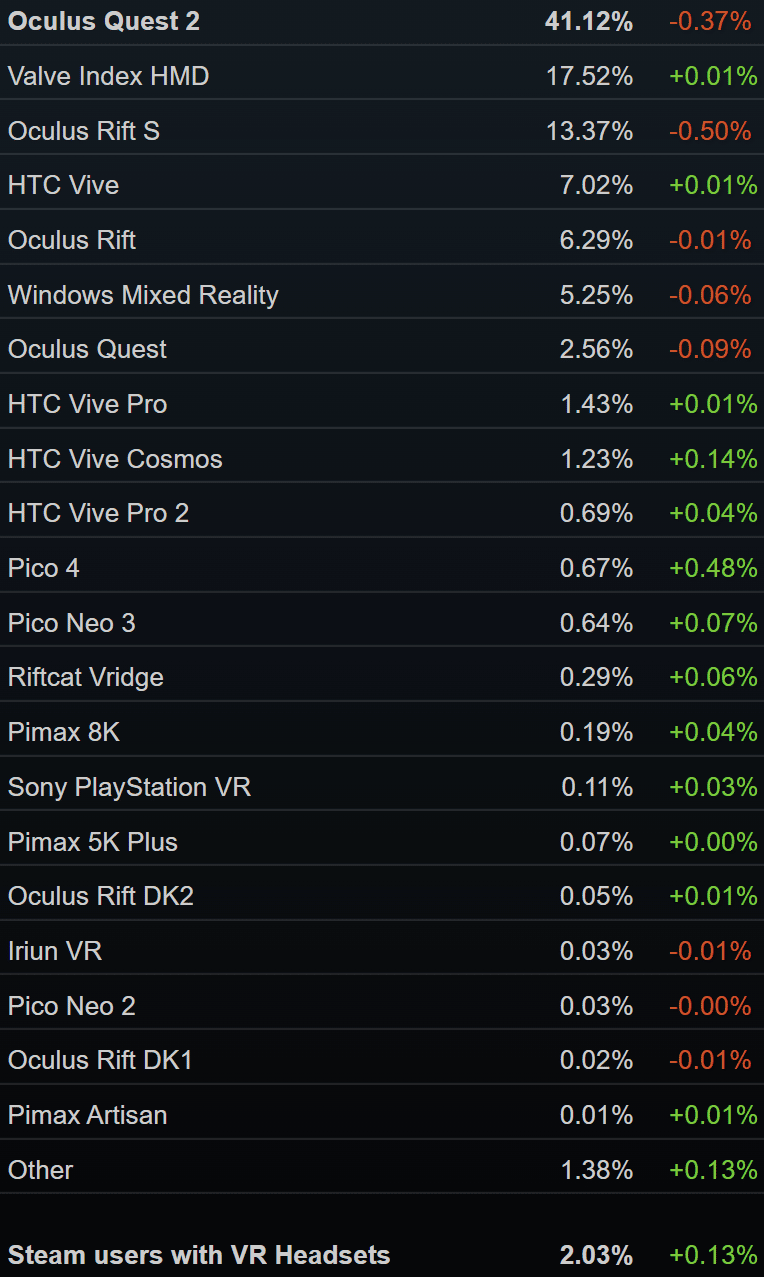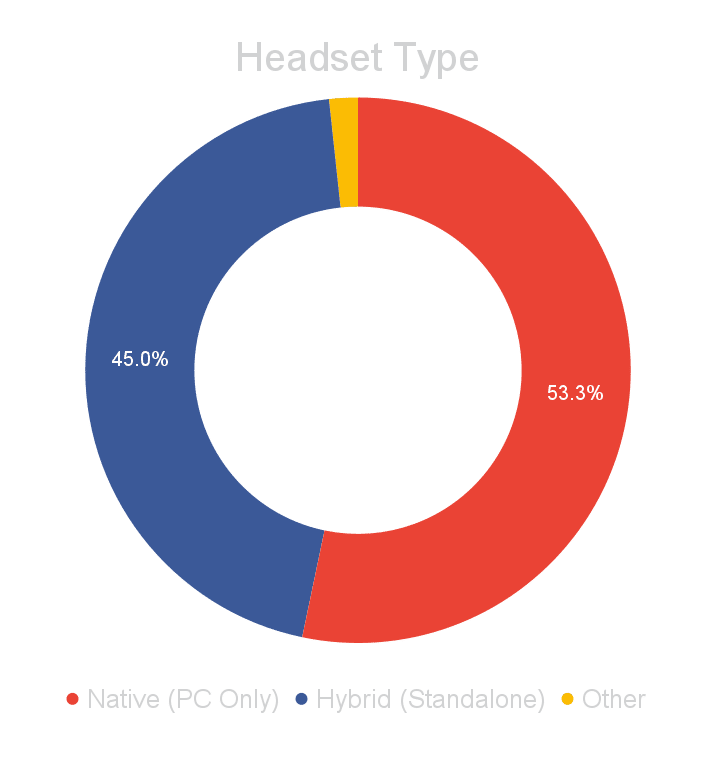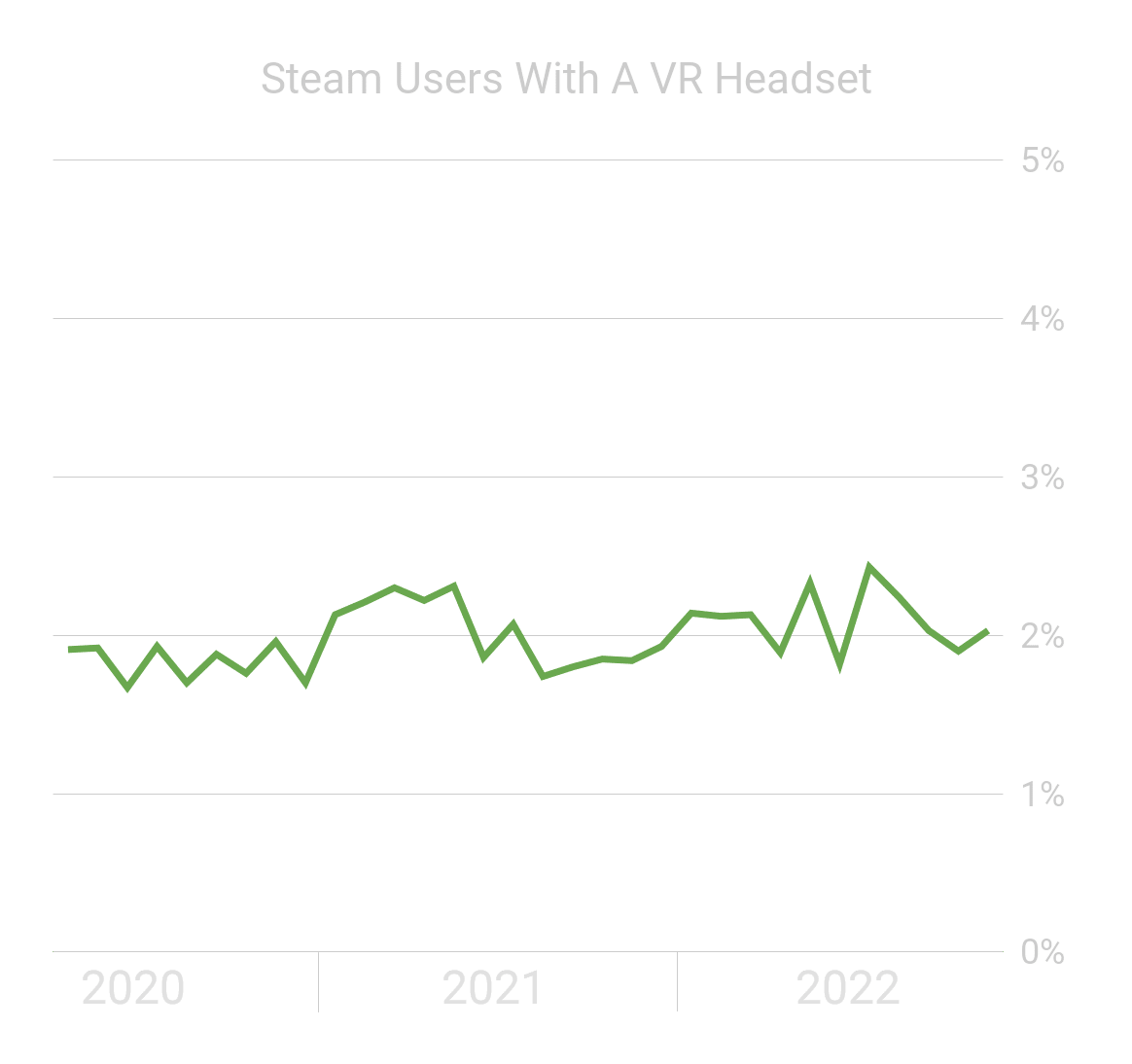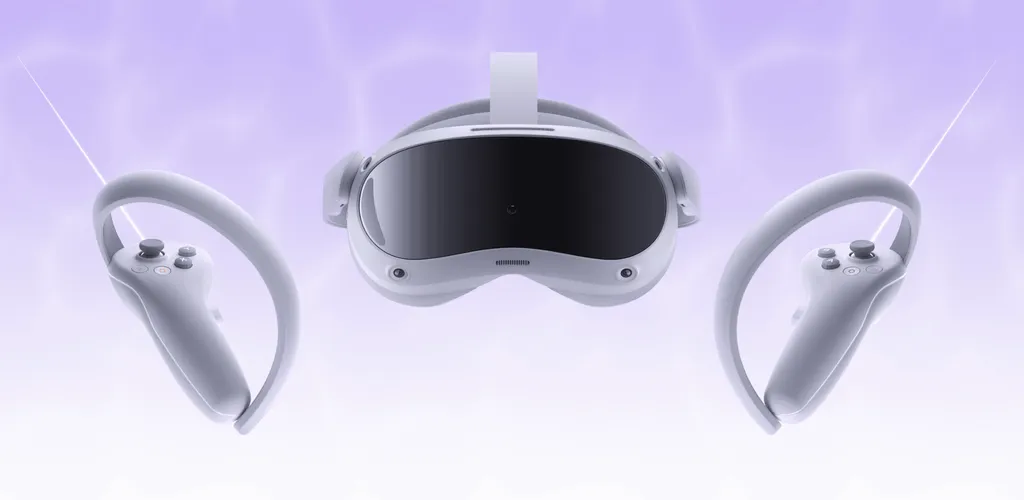Pico 4 was by far the fastest growing VR headset on Steam in November.
Companies like Meta and ByteDance don’t reveal hardware sales figures, so the Steam Hardware Survey has been the most reliable indicator of PC VR’s adoption. It’s offered to a random sample of Steam’s userbase each month. If you accept, it uploads your PC specs and peripherals to Valve.
The collected data is collated and shared after each month, including a breakdown of the relative usage of each VR headset and the percentage of overall Steam players using any headset in that month.

The data for November was released on Thursday. The ‘Other’ headset category saw the largest growth, which we pointed out was likely due to Pico 4 and Quest Pro. Both headsets launched in late October, bringing a slimmer design through the use of pancake lenses. But Valve has now updated November’s data to break out Pico 4.
The new data reveals almost all of this ‘Other’ growth was from Pico 4. So even if the entirety of the remaining ‘Other’ growth was Quest Pro, Pico 4’s was still almost four times greater. And Virtual Desktop developer Guy Godin told UploadVR that Pico 4 users accessing SteamVR through his app (rather than the built-in PC VR mode) should be counted as Quest 2 – though the share of Quest 2 usage actually dropped by 0.37% in absolute terms.

Pico 4 wasn’t released in North America, though in the markets it is sold, it retails for a quarter of the price of Quest Pro. Pico 4 has higher resolution displays than Quest Pro but lacks Mini-LED backlighting, eye tracking, face tracking, self-tracking controllers, and depth-correct passthrough.
Standalone headsets with a PC VR mode now make up around 45% of SteamVR usage, and Valve itself has hinted its next headset will be standalone.

The overall Steam users with VR Headsets figure increased, from 1.9% in October to 2.03% in November, but PC VR headset usage growth continues to stagnate relative to the wider PC gaming market.





























